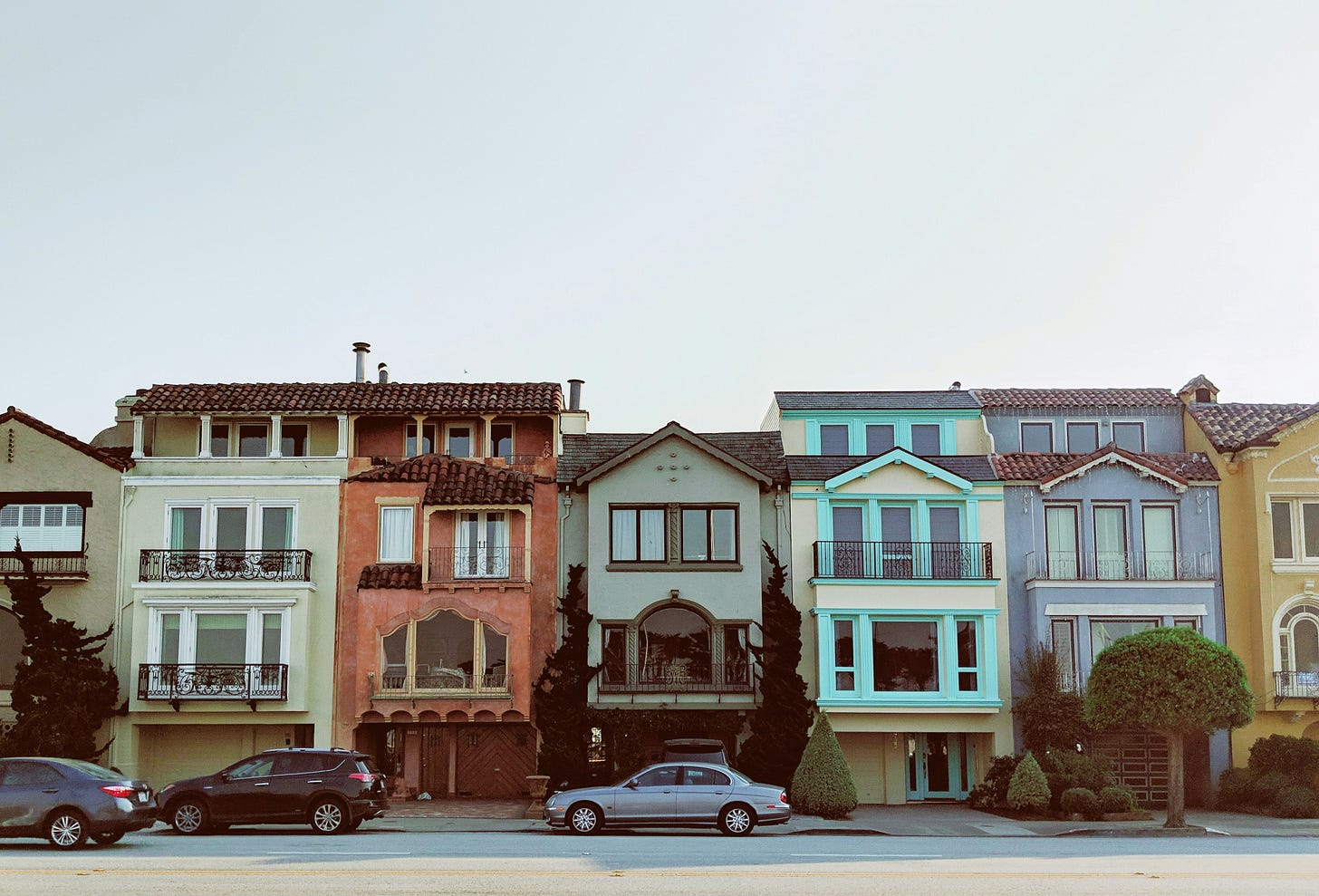“And who is my neighbor?”
This simple question gives us one of the most memorable parables of Jesus and it’s an increasingly important question as we enter into a post-Christian era.
Christendom allowed churches to exist and even thrive without much of a strategy behind reaching out to their neighbors. Many churches simply did ministry with the people who showed up on Sunday morning. In an era of post-Christendom, neighbors are no longer coming to us. We have to go outside the walls of our churches to build meaningful relationships with our neighbors.
The reality is with dwindling financial resources and shrinking pools of volunteers we are not able to reach out to everyone. We must discern whom God is calling our particular church to focus our time and resources on.
I have no magic formulas, no recommended mile radiuses or other shortcuts for this. But I do recommend you do this in conversation with God and with your congregation. In churches that I have worked with, we have literally pulled up Google Maps and talked about the ministry of the church in recent memory. We’ve surveyed the congregation to include their input and we’ve prayerfully reflected. For an urban church the focus area might be a number of city blocks, for a First Church in town it might be the downtown area, for a rural church it might be the northeast corner of the county, for a fresh expression of church it might be the folks who spend their time at the Boone Saloon, for an online church it might be geeks and gamers on Youtube. All of this is a movement toward a place-based ecclesiology.
Place-Based Ecclesiology
Coté Soerens offers a helpful definition of place-based ecclesiology in the excellent collection of essays, Gone for Good? Negotiating the Coming Wave of Church Property Transition. She writes:
“Place-based ecclesiology basically starts with drawing a physical boundary to define a focus for a congregation’s service. By inviting faith communities to focus on place as an organizing principle to discern mission, place-based ecclesiology breaks open the possibilities of what a congregation’s purpose can be in a neighborhood, looking at such a place as a whole, with all the intersecting issues, opportunities, and movers and shakers that converge in that particular community. To borrow from my friends at Parish Collective, when we take the mandate to love our neighbors literally, our perspective shifts from a spirituality lived in the abstract back into our immediate surroundings, out built environment, and our actual neighborhood.” (p. 80)
In the Spiritual Listening Plan, I include the following question in the Congregational Survey Template:
“How would you define the primary neighborhoods that we are called to minister to? (e.g. the whole county, within the city limits, the eastern part of the county, downtown, etc)”
By answering this question on the front end of your listening process your church can narrow your community listening and dig deeper under the surface, setting you up for greater community impact. May we be churches that emulate the Good Samaritan, showing mercy and love to our neighbors.




